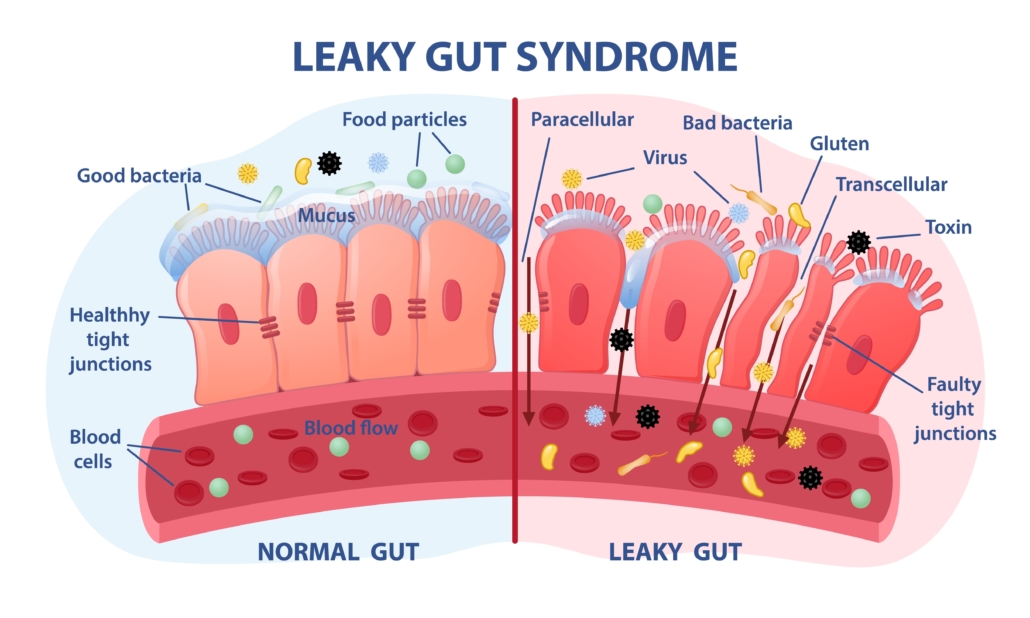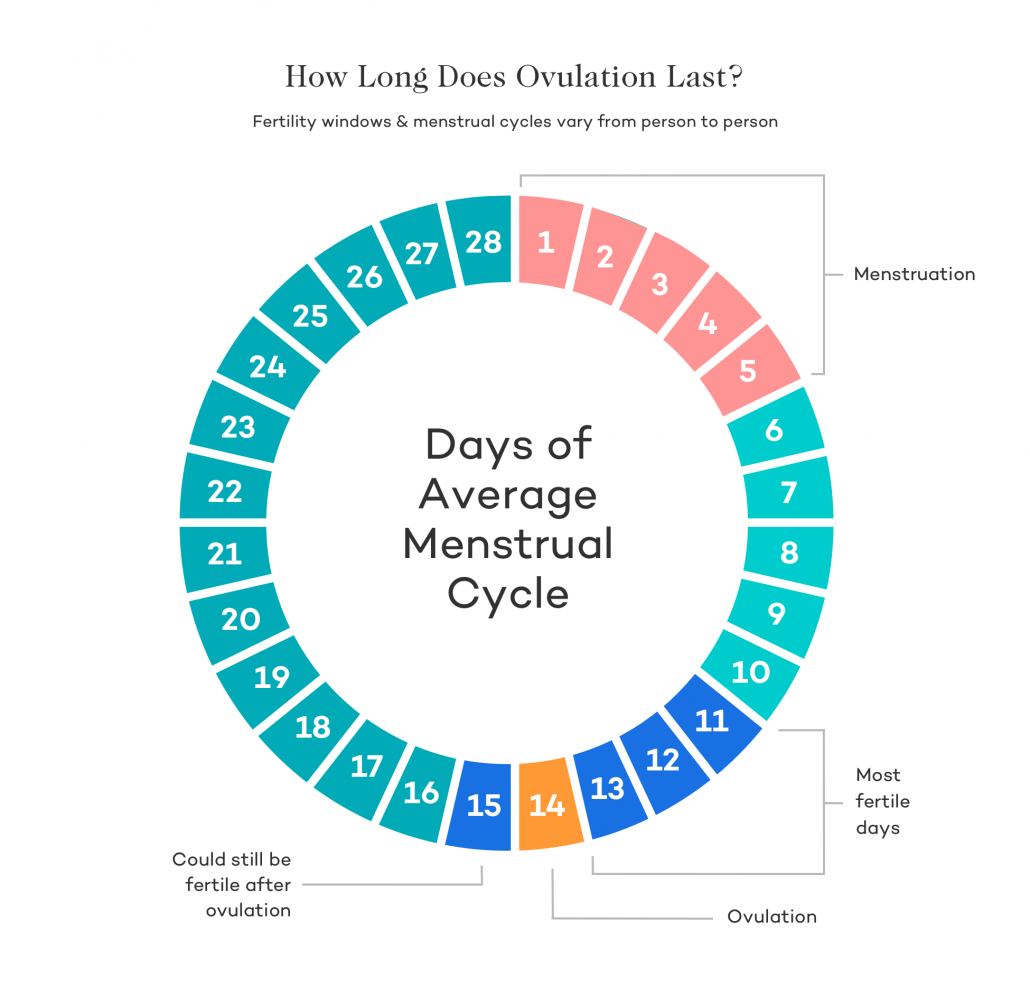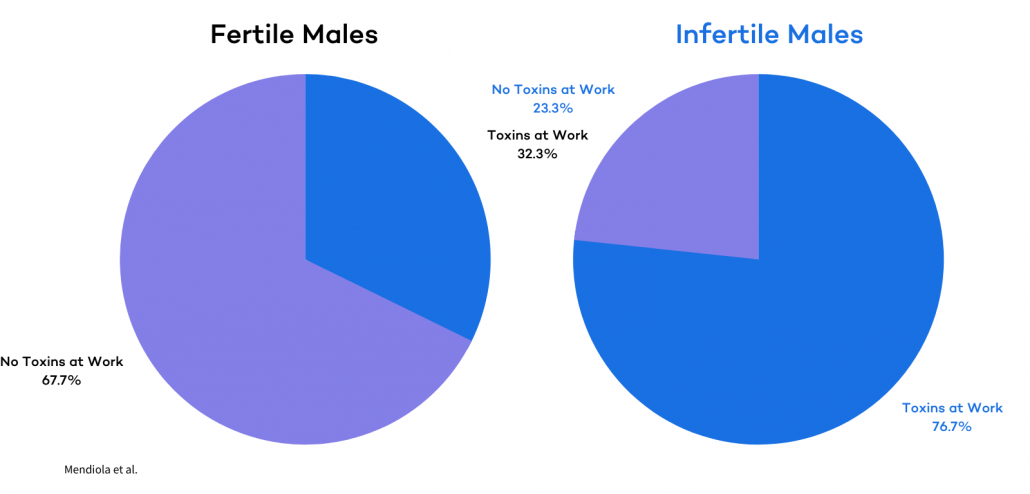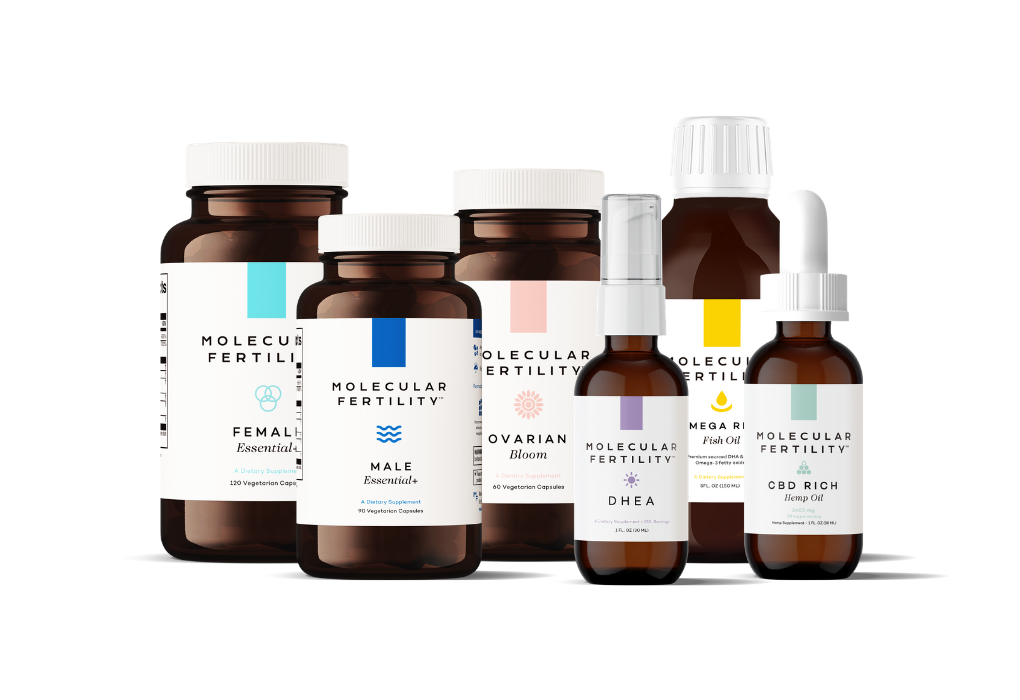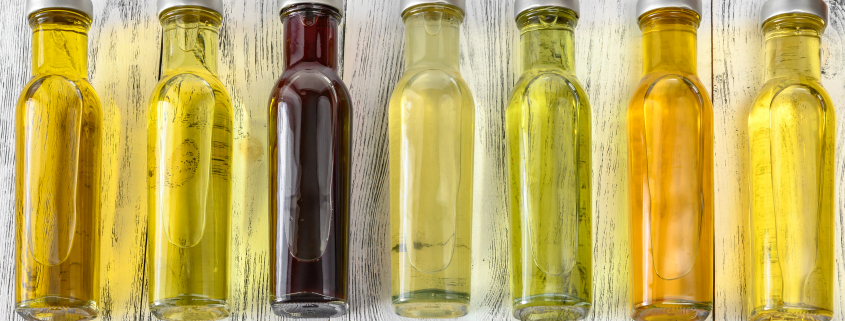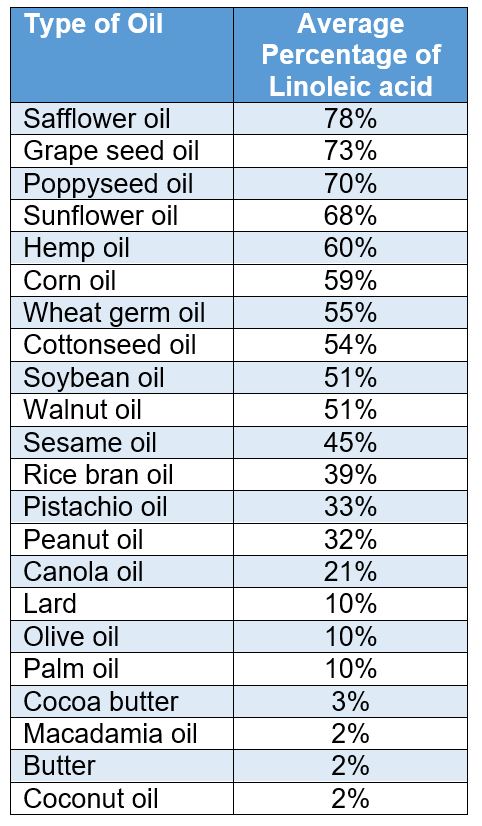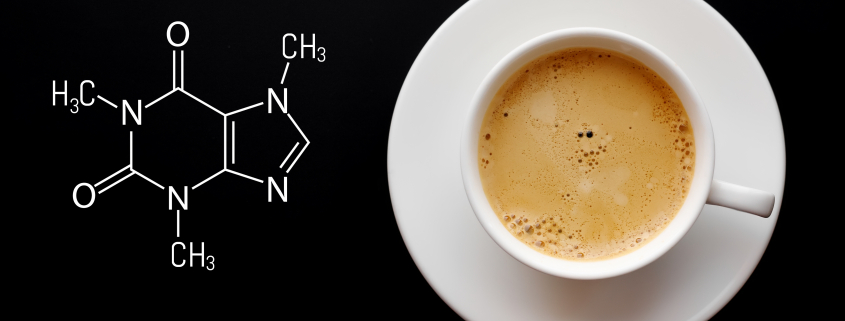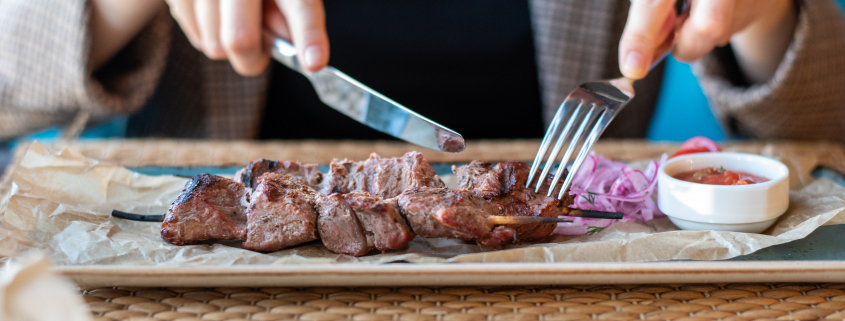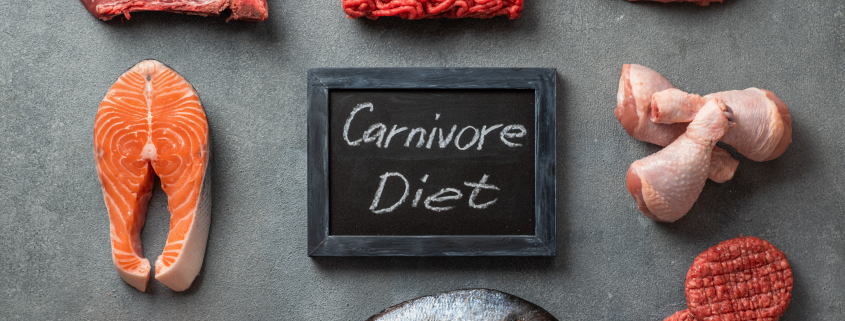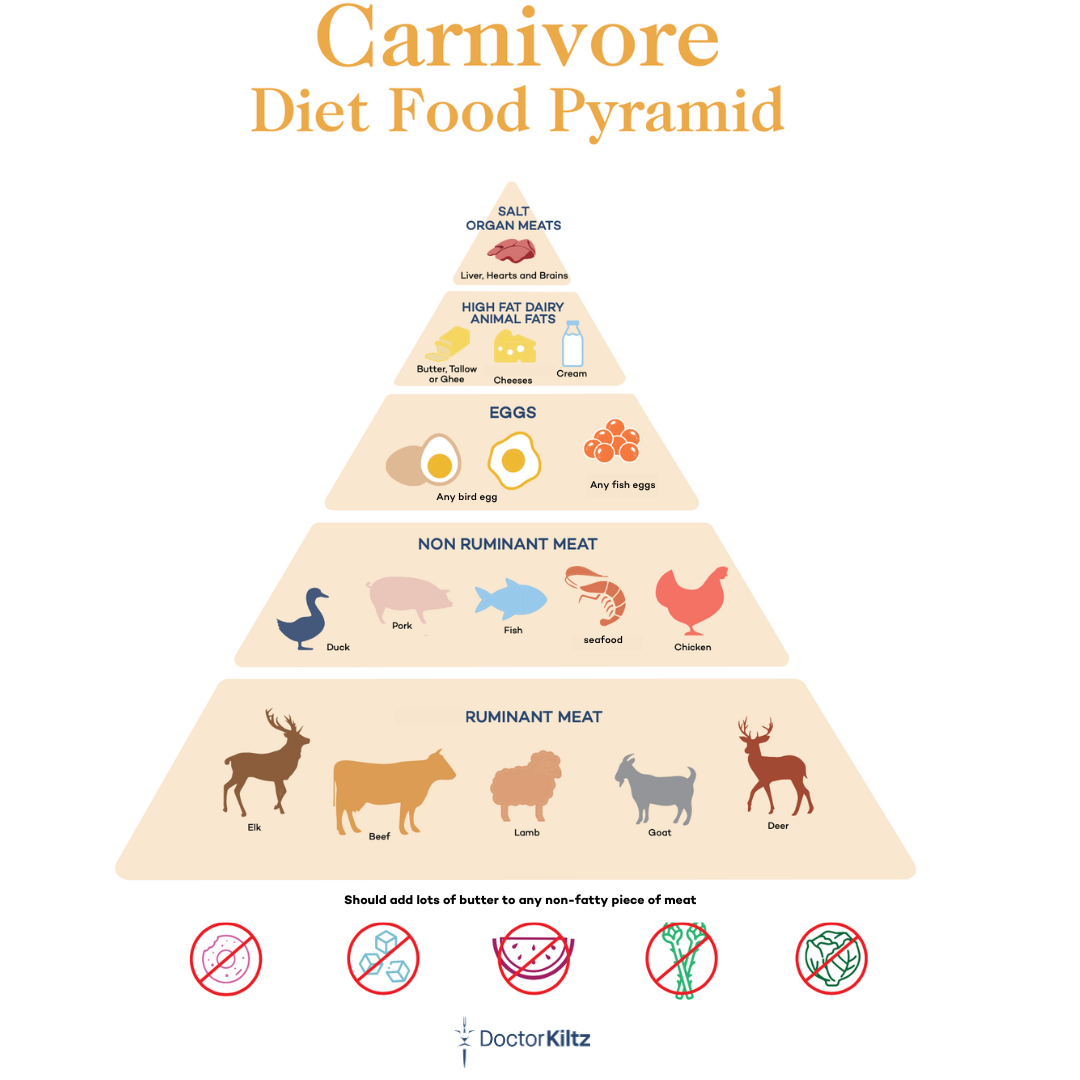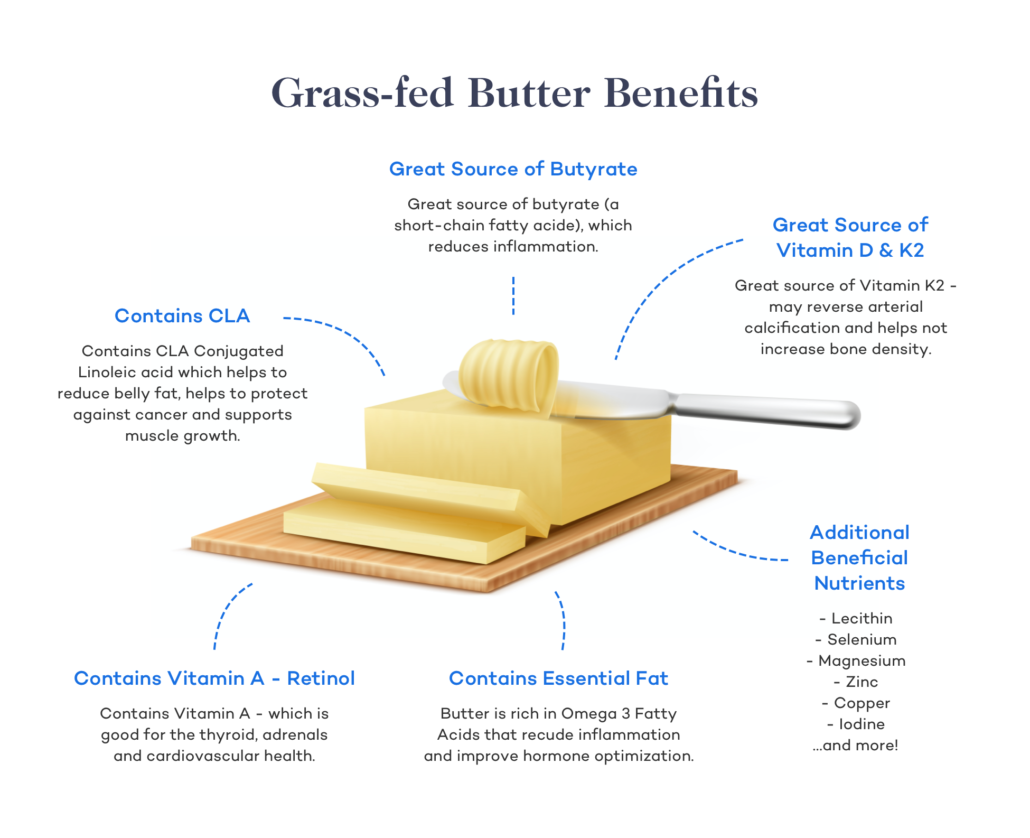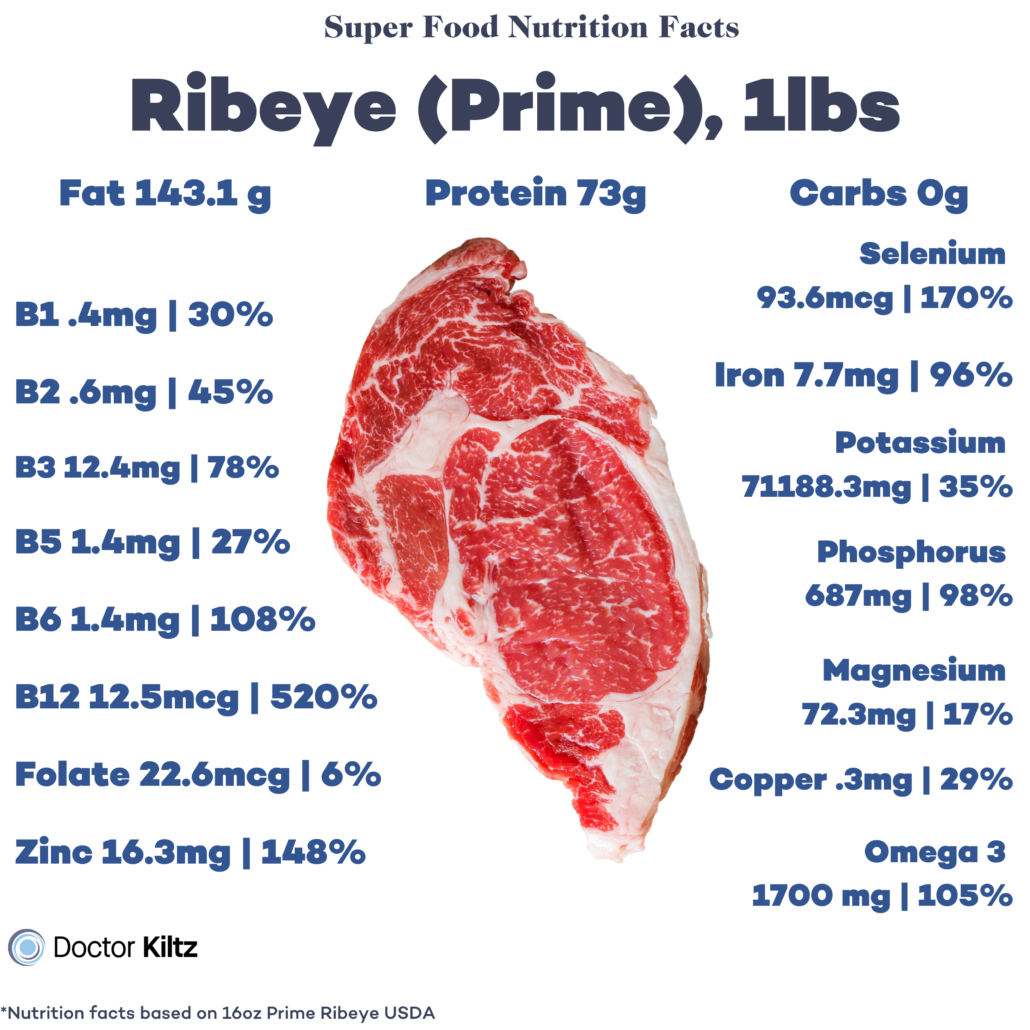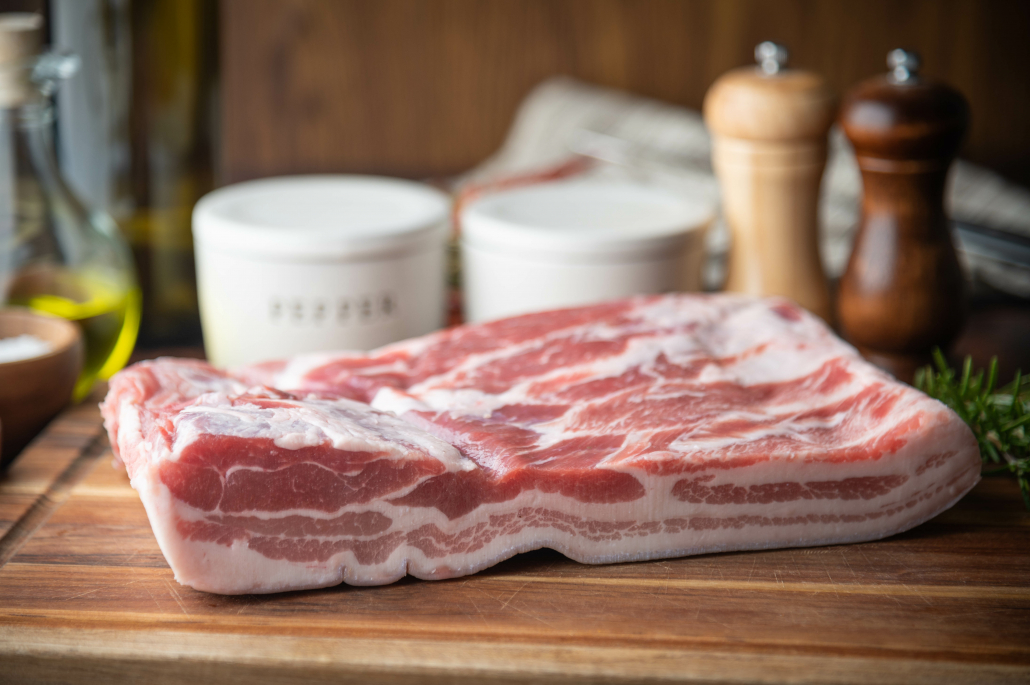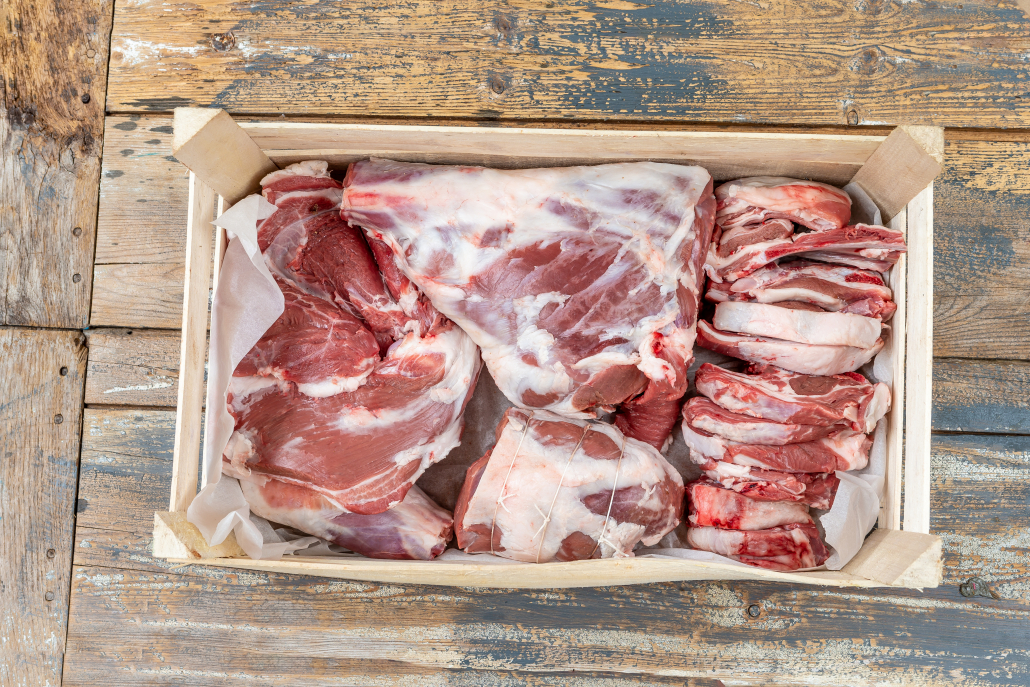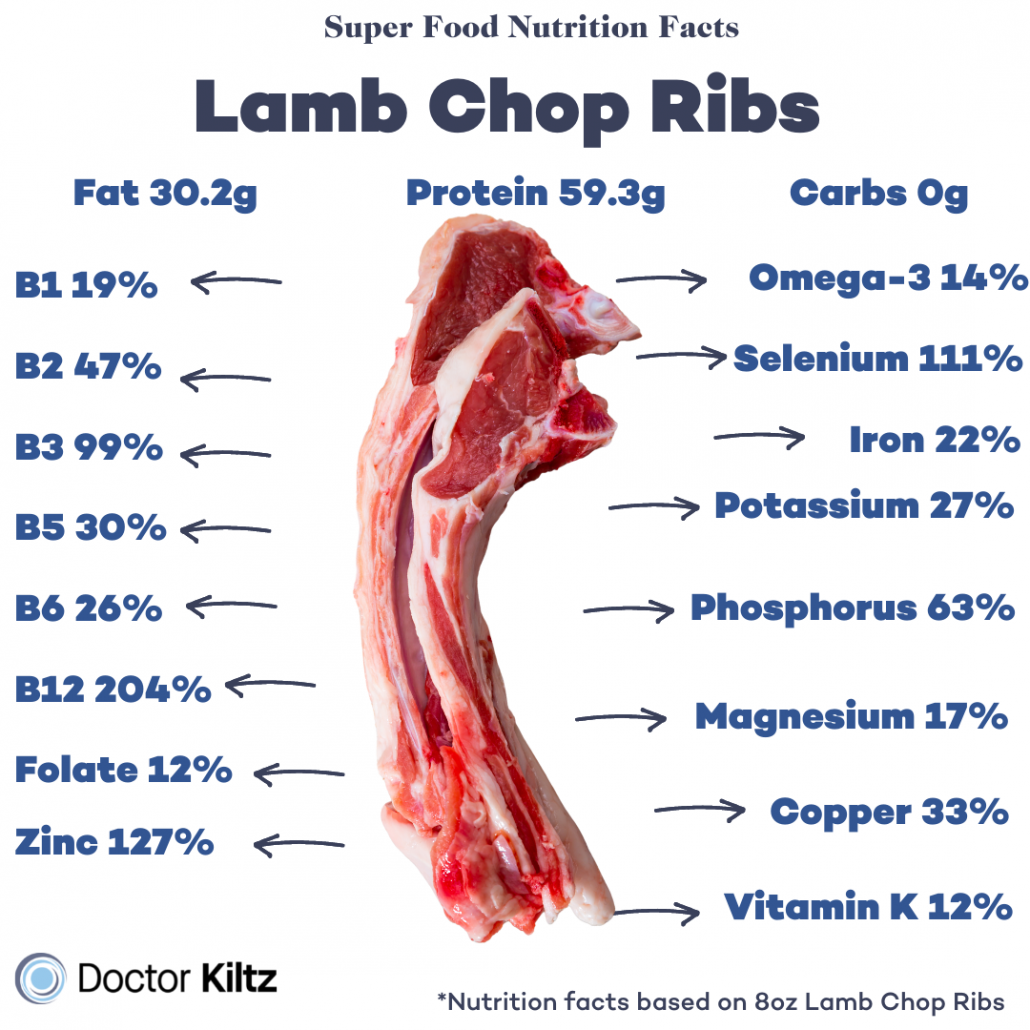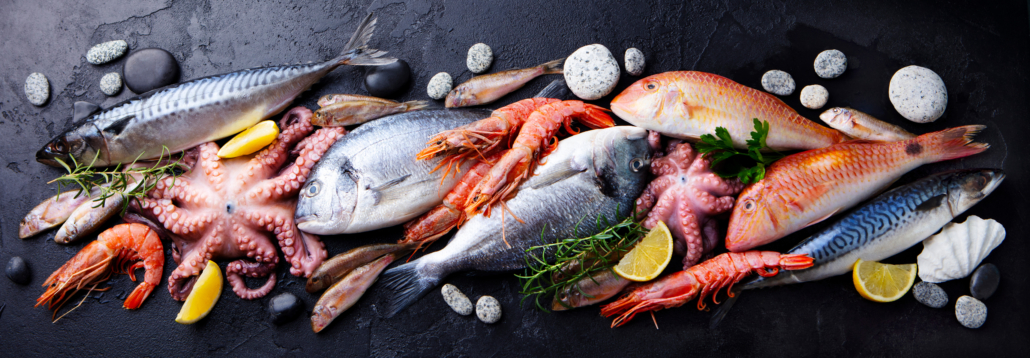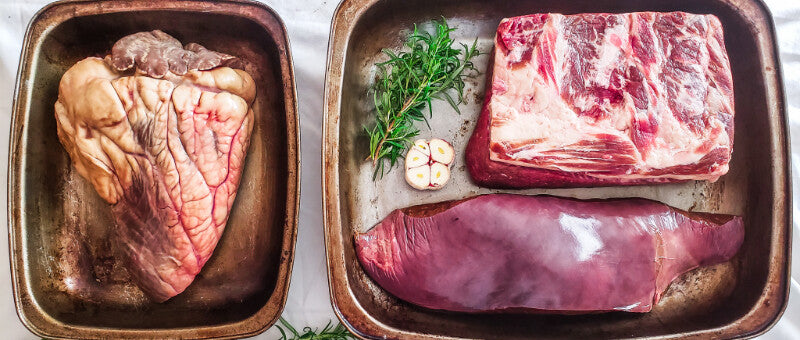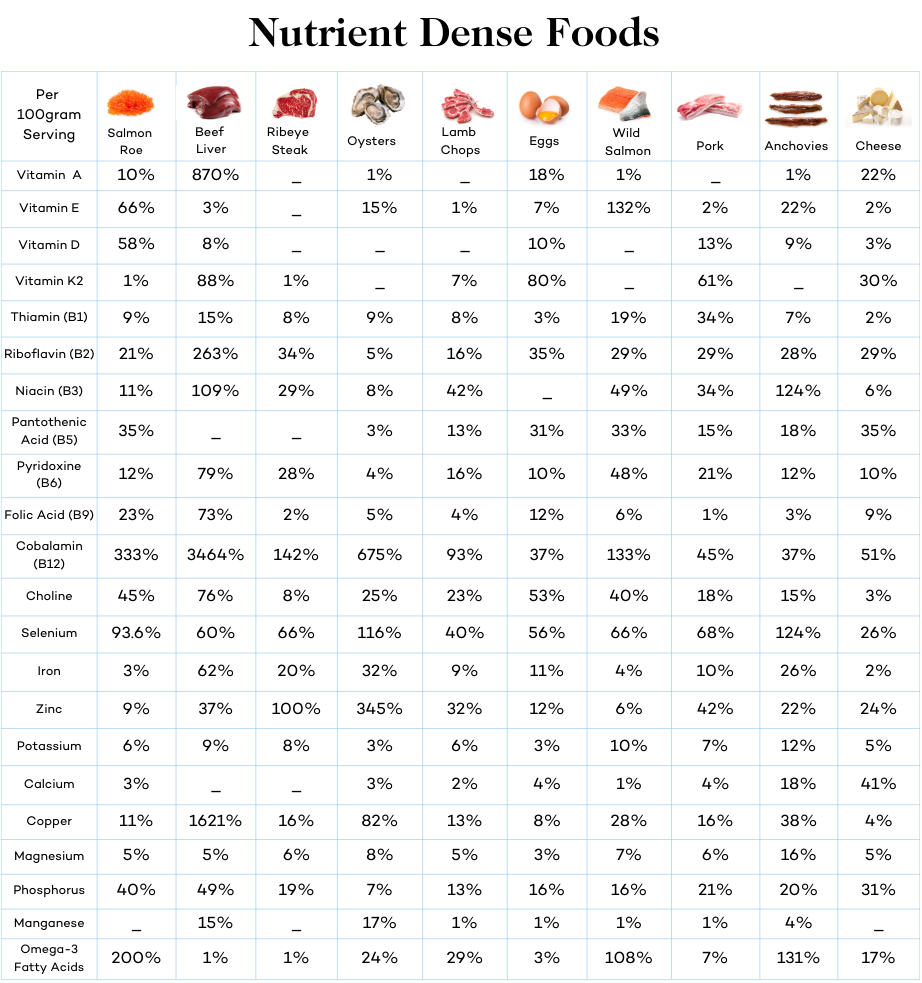17 Keto Side Effects and How to Manage Them
If you’re reading this, you’re probably already familiar with the keto diet and its many benefits. You’ve heard how keto can help you lose weight, reverse diabetes and metabolic disease, kick your carb addiction, and reduce chronic inflammation.
And you’ve also probably heard that for some people, the keto way of life can have some less than desirable side effects. This can be especially true when you’re first adapting to keto.
In this article we’ll take a closer look at 17 of the most common keto side effects — and what you can do to avoid them.
Keto Diet Side Effect #1: Feeling hungry
Transitioning to the keto diet requires a complete metabolic transition. If you’re eating a standard American diet you are burning carbohydrates for fuel — even at rest. That leaves unused fatty acids lingering in the bloodstream where they don’t belong.
The keto diet, on the other hand, switches your body to breaking down fat into ketones for fuel.
But making the metabolic jump from carb-burning to fat-burning isn’t always easy.
When first starting out you might experience strong hunger pangs as your body makes this major transition to fat metabolism.
How to reduce keto hunger pangs
The solution for reducing hunger is simple and intuitive: eat more fat!
Many keto-eaters report that butter and tallow are especially satiating. Regardless of what fat sources you choose, don’t skimp on the fat.
Exercise can also help force your body into a fat-burning ketogenic state more quickly. Low impact movement can be especially beneficial during the transition period, these include:
If you’re still experiencing elevated hunger levels after several weeks on keto, consider talking to your doctor about supplementing with carnitine to boost your body’s fat metabolism.
Keto Diet Side Effect #2: Sugar cravings
Sugar feels addictive to many people who begin a keto diet for the first time.
If your old diet featured sugary cereals for breakfast, sandwiches and chips for lunch, pasta for dinner, and ice cream for dessert, you might be in for a rude awakening — and plenty of sugar cravings along the way.
Don’t be surprised if your body’s hunger hormones start acting up! These hormones, which include leptin and ghrelin, might direct you towards sugary foods to bring your blood sugar back up.
These sugar cravings may also be fueled by candida overgrowth associated with a high-carb diet. Studies show that overgrowths in candida, a common yeast in our intestines is linked to high levels of blood glucose.
A 2014 review suggests that the microorganisms in our gut such as candida can influence our dietary choices–i.e. Make us crave sugar!
How to reduce sugar cravings
As mentioned earlier, simply replacing the sugar you used to eat with keto-friendly fat can help reduce hunger pangs and cravings.
To combat candida overgrowth and associated sugar cravings, animal studies suggest that eating more coconut oil can help.
Another helpful strategy: get enough rest. Research shows that your body’s hunger hormones become more sensitive when you’re well-rested. So consider dialing in your sleep habits at the same time you’re dialing in your new keto diet.
Keto Diet Side Effect #3: Nausea
If you experience nausea when first beginning your keto diet, don’t panic.
What’s probably happening is that your body’s just getting adjusted to the diet’s higher fat intake. Nausea can also be a symptom of low blood sugar or dehydration, both of which are sometimes seen when starting out on keto.
How to reduce keto nausea
Eating high protein meals may stabilize your blood sugar enough to prevent hypoglycemia-induced nausea. Upping your salt — a critical change for those new to keto — may also help.
You may want to consider taking a digestive enzyme or ox-bile supplement, too. These products can help your body process dietary fat until you adapt to making enough of your own bile acids. Give it a week or two.
Keto Diet Side Effect #4: Diarrhea
Though rare, some people experience diarrhea when they begin a keto diet.
More often than not, new food ingredients are to blame — not the ketogenic state itself. Sugar alcohols can cause irregular bowel movements since they aren’t really recognized by your body as a valid fuel source.
Oils rich in MCTs (medium-chain triglycerides) can also cause diarrhea. They contain a natural laxative and get metabolized so quickly that they can overwhelm the digestive tract of someone who’s not used to them.
How to reduce keto diarrhea
Eliminate sugar alcohols (found in many keto-friendly sweeteners) and MCT sources from your diet.
If this doesn’t resolve the problem, consider removing all dairy products besides aged cheese, too. Some people find dairy lactose irritating enough to dysregulate regular bowel movements. Depending on your gut microbiome and your ancestors’ exposure to dairy products, you might find the same.
Keto Diet Side Effect #5: Constipation
Your digestive system may take time to adjust to an HFLC or keto diet. For many people, this adjustment period can manifest as constipation.
The good news is that constipation is temporary. It’s usually easy to alleviate just by drinking more water and adding extra salt to your food.
The complex blend of fat and protein found in an animal-based diet can also increase your body’s transit time. But this can be easily adapted to as well — over time the stomach enzymes responsible for processing fat will upregulate and allow your body to digest fatty meals faster.
Another thing to remember: just because you’re pooping less often doesn’t mean you’re constipated. Keto and carnivore diet generate far less fibrous waste than your old way of eating did.
Fibrous plant foods are often the real cause of constipation, not animal products. Reducing your consumption of these plant foods will likely lead to far better bowel motility and digestion over time.
How to reduce keto constipation
Improving your transit time during keto is simple: Stay hydrated. Hydration correlates directly to bowel motility. Both water and salt can help you stay hydrated. Gentle exercises like walking may also help get your digestion working.
Another effective approach is to supplement with 400 mg of magnesium citrate
If you’re still constipated, you’re likely eating too many hard-to-digest plant foods like nuts, low-starch vegetables, especially crucifers, along with full-fat dairy. On any diet these three foods can be constipating.
Replace these fibers and hard-to-digest fats with more whole animal meats.
Keto Diet Side Effect #6: Muscle cramps
Many people experience muscle cramps and spasms during the first week or two of their new keto diet. These cramps are caused when electrolyte imbalances make muscle cells fire in an uncoordinated fashion.
Cramps tend to happen in large muscle groups — and they also tend to happen at the least convenient times. Cramps can be painful enough to disrupt sleep and prevent you from enjoying your workout routine. Thankfully, there’s an easy way to stop them.
How to reduce keto muscle cramps
Reducing muscle cramps during your transition into ketosis requires a three-part approach.
First, salt your foods and drinks liberally. Keto bone broth is one of the few beverages that gets tastier the more salt you add to it.
Next, drink plenty of water. Dr. Kiltz recommends drinking half your body weight in ounces of water per day. A 200-pound person should aim for 100 ounces of water (close to a gallon) per day.
Finally, consider supplementing with magnesium. Magnesium works in concert with all other electrolytes to maintain hydration status. It’s also a powerful muscle relaxant that many of us don’t get enough of today. Magnesium supplementation is a great thing to discuss with your doctor or keto-aware dietician.
Keto Diet Side Effect #7: Sleep Problems
Many people report struggling with sleep when first introduced to keto. Part of this problem can be traced back to low blood sugar.
It’s also likely that keto initially triggers the production of stress hormones like cortisol, essentially placing your body into a ‘fight or flight’ mode that makes unwinding difficult. Sleep loss can then lead to a cycle of further cortisol overproduction.
How to prevent keto insomnia
The magnesium supplementation we recommend for relaxing your muscles can also be used to relax your mind. One study found that magnesium improved many metrics of sleep, including “[Insomnia Severity Index] score, sleep efficiency, sleep time and sleep onset latency, [and] early morning awakening.”
Low-impact exercises like yoga postures that specifically support sleep, meditative practices, and breathing techniques to reduce anxiety, all have powerful sleep-enhancing benefits.
Keto Diet Side Effect #8: Lower Energy levels
Transitioning from carb-burning to fat-burning can also result in temporarily low energy levels.
Thankfully, this ‘side effect’ of keto flu doesn’t stick around long. It just indicates that your body is only beginning to produce enough ketones to fuel the metabolic processes it once used glucose for.
How to improve low energy when you begin keto
The best way to increase your energy when beginning a keto diet is simply to get into ketosis as quickly as possible.
Low-intensity exercise and an MCT-rich diet may both help with this. Exercise can deplete your body’s glycogen stores (i.e, stored carbs) and trigger ketone production, while MCT foods can provide a readily available carb replacement.
Another thing that’s worth repeating: don’t be afraid of fat. Fat isn’t fattening in the context of a keto diet, so treat yourself! Drink heavy cream straight from the carton or dump it in your coffee. Fry your morning eggs in tablespoon upon tablespoon of butter. The hardest thing about beginning keto is just getting used to prioritizing and eating fat over everything else.
Keto Diet Side Effect #9: Decreased Exercise Performance
Anyone can be negatively impacted by the low energy that comes with keto-adaptation, but athletes can have the greatest challenge.
Our advice: hang in there. Once you are keto-adapted, you may experience higher, more stable energy levels than before.
Fat metabolism, in fact, produces far more ATP (cellular energy) per calorie than carbohydrate metabolism — and this may mean keto provides athletes with far more usable energy.
While some athletes feel that dietary fat is akin to ‘diesel fuel’ that’s incapable of supporting intense exercise, others have noted that even the most intense exercise can be fueled by fat after keto-adaptation.
How to improve exercise on the keto diet
First, stick with moderate-intensity exercise for the first 1-2 weeks of your keto diet. Be sure to drink plenty of water, liberally salt your foods, and consider supplementing with magnesium.
The timing of your keto transition matters, too. Competitive athletes may do best by beginning their keto diet in the offseason or preseason to give their bodies time to adjust.
Keto Diet Side Effect #10: Bad Breath
Many people notice halitosis, or “keto breath,” once they’ve transitioned into ketosis.
This change is a direct result of ketogenic metabolism. Acetone is a ketone that gets released in the breath — and it doesn’t smell all that great.
“Nail polish breath” is often one of the first signs that your body has begun producing sufficient ketones for you to be in ketosis. That’s because acetone is one of the main ingredients in nail polish.
As your body begins to process acetone and other ketones more efficiently, keto breath goes away.
How to reduce keto breath
Keeping your oral hygiene consistent is the best way to reduce keto breath. Regular brushing and flossing can help make halitosis far less noticeable.
One word of caution: stay away from sugar-free gum. Dr. Kiltz has noticed that it can spike insulin levels and prevent ketone production, even in the absence of carbs.
Keto Diet Side Effect #11: Heart Palpitations
Some people notice that their heart beats faster than normal during their transition to the keto diet. Experts believe this temporary change is caused by electrolyte imbalances and/or elevated stress hormones.
How to reduce heart palpitations
Magnesium supplementation, not overdoing the caffeine, and getting plenty of rest may all help you avoid heart palpitations. Yoga, nature walks, and meditation may also reduce your stress hormone levels enough to help.
Keto Diet Side Effect #12: Hair Loss
First things first: the keto diet is very unlikely to cause hair loss. Keto/carnivore eaters have been aware of the diet’s ability to enhance hair growth for decades.
If you notice hair loss after beginning a ketogenic diet, it’s likely being caused by insufficient protein and/or calorie intake — not by ketosis itself.
How to prevent hair loss during keto
Preventing keto-associated hair loss is as simple as eating enough and making sure your keto diet is well formulated. This means paying attention to the types of food you eat, not just the grams of fat you get each day.
Add in these 5 keto superfoods and supplement with fresh organ meats to cover your micronutrient bases.
Though rare, some people find that they need to eat more calories than usual on keto. So be sure not to skimp on the keto ice cream and butter.
Keto Diet Side Effect #13: Kidney Stones
Doing the ketogenic diet incorrectly can raise your chance of developing kidney stones. This possibility was first seen in children following a very strict, ultra-low-carb ketogenic diet for epilepsy. Kidney stones can occur in both children and adults who begin keto and fail to drink enough water.
How to prevent kidney stones
When doctors first developed the ketogenic diet protocol at All Children’s Hospital, they prescribed a buffering solution called Polycitra-K to all children who began the diet.
This was in response to a study conducted at Johns Hopkins by Eric Kossoff and his team, who found that providing Polycitra-K reduced the incidence of kidney stones from 6% down to 0.9%. Supplementation with potassium citrate may cause the same type of improvement.
Consider drinking plenty of water or milk, too, as they can help flush uric acid out of your body. Finally, eating some keto-friendly fruits and veggies has a similarly protective effect because these foods can ‘buffer’ the pH of your blood and urine.
Keto Diet Side Effect #14: Increased Cholesterol Levels
The idea that keto leads to higher cholesterol is one of the diet’s most persistent, but misunderstood concerns.
Most people have been fed the misinformation that high-cholesterol foods like eggs, bacon, and red meat raise blood cholesterol. But more recent and higher quality science shows that this is not the case. 2
While most people who begin a keto diet do start consuming more cholesterol, this doesn’t always translate to higher serum cholesterol levels. Long-term studies of high-carb vs. low-carb diets have found that the low-carb group often has better triglyceride and HDL cholesterol levels.
Even if ketosis does raise your cholesterol levels, this change may not be as concerning as you might think.
You can Learn more about how the keto diet affects cholesterol here.
Keto Diet Side Effect #15: Reduced Alcohol Tolerance
Is decreased alcohol tolerance a good thing or a bad thing?
That probably depends on who you ask. Regardless, many people who follow the keto diet notice that their alcohol tolerance becomes much lower, and that they can have more severe hangovers.
People who needed two-three drinks to feel a buzz might only need one or two when on keto. Some experts believe that the liver loses its ability to process alcohol when it’s busy producing ketones — and/or loses its ability to produce ketones when it’s processing alcohol.
How to improve alcohol tolerance on keto
Since B vitamins are depleted during alcohol metabolism, supplementing with antioxidants and B vitamins (or keto superfoods) may allow you to enjoy alcohol hangover-free.
The increased severity of hangovers is likely a result of dehydration due to electrolyte imbalances.
When you’re in ketosis you flush more fluids. To avoid hangovers, alternate your alcohol with drinking more water. You may also want to supplement with magnesium and potassium.
Keto Diet Side Effect #16: Gout
The keto diet is usually also a high protein, high purine diet — and that means it can produce a transient rise in uric acid levels.
Uric acid buildup, in turn, can lead to gout in people who are susceptible.
In the long run, however, ketosis seems to have a favorable effect on gout. Over time your body will become more efficient at clearing ketones and allow for the simultaneous clearance of uric acid.
How to prevent gout
Gout’s root cause may be buildups of toxins within the gut, not uric acid itself. In which case, a keto diet high in antibacterial fatty acids and low in fiber and antinutrients would actually be very helpful. Talk to your doctor if gout is an ongoing concern.
If you don’t have any history of gout, it’s very unlikely that you should have any concerns.
Keto Diet Side Effect #17: ‘Keto Rash’
‘Keto rash’ is a type of dermatitis that some people experience when they go keto. It’s characterized by itchy, red-hued papules that show up mostly on the upper back and chest. Experts believe that keto rash can be caused by intolerance to histamine-rich keto foods or issues with blood sugar regulation.
How to prevent keto rashes
Those most susceptible to keto rash (i.e, Asian women) may want to moderately lower their carb intake over time, entering ketosis more gradually.
Ensuring adequate carotenoid intake may also help prevent keto rash, at least in theory, since vitamin A is great for regulating skin cell proliferation. Some of the best keto-friendly vitamin A sources include beef liver and pastured dairy products.
Keto Side Effects: The Takeaway
Though keto has many proven benefits, making the change to keto can be challenging.
The good news is that each of the 17 keto side effects we looked at is either transient, influenced by underlying health conditions, or due to a poorly formulated keto diet. This means that for most people, with more awareness of your body’s needs, and a few tweaks to your diet, these side effects can be avoided or overcome.
Of course, if you continue to find yourself experiencing adverse effects while on keto, we recommend seeking the advice of a healthcare professional with knowledge of the keto diet.













